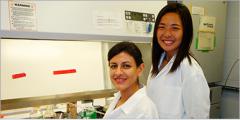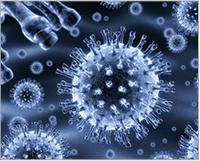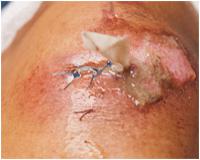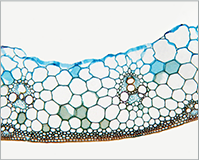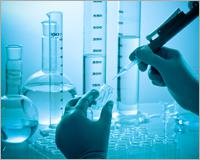
Microenvironment Regulation of Adipose Derived Stem Cells in Wound Angiogenesis and Repair
Purpose of Project
Our research will study the contribution of adipose tissue (fat tissue) derived stem cells (ADSCs) to wound healing in a human skin model. Stem cells are cells that have potential to develop into diverse specialized cell types. Adult ADSCs have characteristics similar to bone marrow stem cells and represent an alternative source of stem cells. Due to their abundance, easy isolation and rapidly expansion in culture, adult ADSCs hold great promise for therapeutic uses. Yet, despite advances in this area, how ADSCs become various individual tissue cells in wound remain unclear, in part due to the lack of human model or lack of linage tracking in clinical trials.
The objective of this project is to study the mechanism and biological effects of human ADSC therapy on wound healing. In the proposed studies, normal human ADSCs will be studied for their contribution to wound repair in humans using a human skin transplantation or skin graft model. In this model, normal human skin will be transplanted onto a immune deficient mouse that is not able to reject the graft. Then an acute wound will be created on the graft, and human ADSCs will be delivered topically. Specifically, we will evaluate the ability of human ADSCs to become various components of skin and the effects of local tissue environment on wound repair. The overall hypothesis of this proposal is that ADSCs can turn into or become multiple cell types essential for the wound healing and that wound local environment plays critical role in this process.
Why is supporting this event worthwhile?
- Treating non-healing wounds is costly in terms of time and resources.
- Seven million Americans suffer from chronic wounds and more than $25 billion is spent annually on their care.
- Adult ADSCs represent an alternative source of stem cells that hold great promise for therapeutic use due to their abundance, easy isolation and rapidly expansion in vitro.
- ADSCs have been shown to enhance organ repair and regeneration.
- The mechanisms underlying the differentiation potential of ADSCs in wound healing remains unclear.
- Understanding the mechanisms that trigger the change of ADSCs into distinct cell types may become
What do we hope to accomplish?
1. Determine the fate of locally delivered human ADSCs during wound healing. Rationale: ADSCs have potential to become a variety of cell types. In this aim we will determine if labeled human ADSCs delivered into the wounds on human skin grafts can form skin subtype cells of epidermal keratinocytes (the outmost layer of the skin), melanocytes (cells that make pigment), sebocytes (cells that produce sebum), fat cells, fibroblasts (cells that produce collagen and other matrices) and blood vessel cells by correlating markers of these cell types.
2. Determine if enrichment of wound local environment may increase efficacy of ADSC therapy for wound healing. Rationale: Inflammatory factors and growth factors such as SDF1 and its receptor CXCR4 may play an essential role in directing stem cells to sites of injury. In addition, the extracellular matrix components such as laminins and collagens support ADSC migration into the wounds, form skin cells and repair the wounds. Augmenting these factors may improve outcomes of wound repair. Therefore, we will use gene therapy approaches to increase the level of these genes locally in the wound site or in ADSCs to determine how specific stimulators of wound healing may promote the ADSCs to become skin cells in wounds and to accelerate wound healing.
Therapeutic Value
Our research will provide invaluable information on the role of adipose derived stem cells and the local wound environment in wound repair which we hope will be used in the future to improve therapeutic outcomes in patients with chronic non-healing wounds.
Testimonials and Comments
Spread the Word About : Microenvironment Regulation of Adipose Derived Stem Cells in Wound Angiogenesis and Repair


